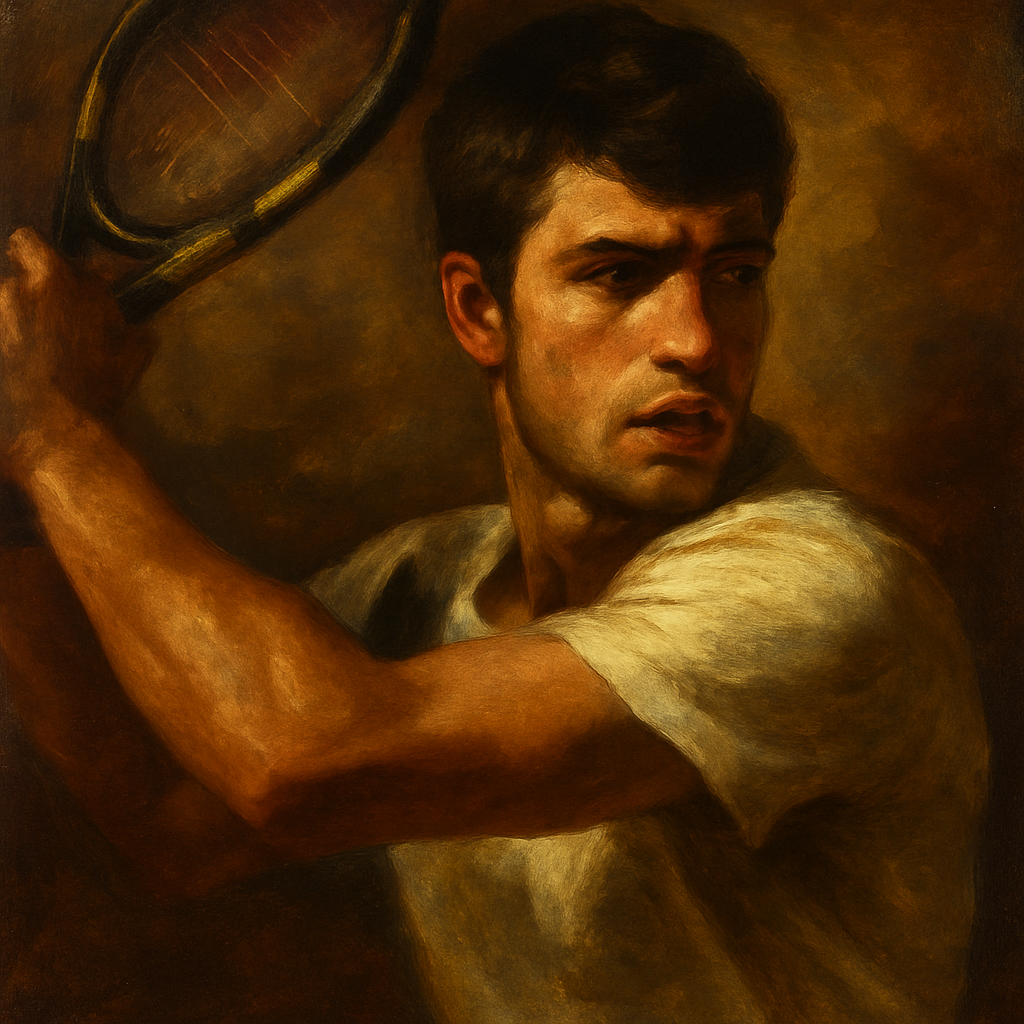MADRID — In the high-stakes world of professional tennis, few players exemplify the art of court positioning as masterfully as Carlos Alcaraz. The young Spanish phenom has taken the ATP Tour by storm, not just with his explosive power and dazzling shot-making, but with an almost preternatural sense of where to be on the court at any given moment. His ability to anticipate, react, and position himself optimally has become a blueprint for modern tennis excellence.
The Foundation: Speed and Footwork
Alcaraz’s court coverage is built on two pillars: blistering speed and impeccable footwork. Unlike players who rely solely on raw athleticism, Alcaraz combines his physical gifts with technical precision. His split-step timing, lateral movement, and ability to change direction seamlessly allow him to recover from defensive positions and turn them into offensive opportunities. "You rarely see him off-balance," notes former world No. 1 Jim Courier. "Even when he’s stretched wide, he finds a way to reset and dictate the next shot."
Key elements of Alcaraz’s movement include:
- Split-step efficiency: His jumps are timed perfectly with his opponent’s contact point, ensuring he’s never flat-footed.
- Small adjustment steps: Instead of overrunning the ball, he uses micro-steps to fine-tune his positioning.
- Explosive first step: His ability to accelerate from a standstill is among the best on tour.
Anticipation: Reading the Game
What truly separates Alcaraz from his peers is his anticipation. He doesn’t just react—he predicts. By studying opponents’ tendencies, racket preparation, and even shoulder rotation, he often starts moving before the ball is struck. "It’s like he’s playing chess while everyone else is playing checkers," says analyst Gill Gross. This skill was on full display during his 2023 Wimbledon final against Novak Djokovic, where he repeatedly intercepted Djokovic’s drop shots by recognizing the telltale signs early.
The Data Behind the Instincts
Hawk-Eye data reveals Alcaraz covers 1.5 meters more per point than the tour average, yet he expends less energy doing so. Why? Because he’s often moving toward where the ball will be, not chasing it reactively. His average reaction time off the serve is 0.38 seconds—faster than 92% of ATP players. This combination of preemptive positioning and rapid adjustments allows him to:
- Turn defensive slices into inside-out forehand winners
- Cut off angles on wide serves
- Attack short balls with minimal recovery time
Strategic Court Positioning
Alcaraz’s positioning varies intelligently based on the rally’s context. Against big servers, he stands unusually close to the baseline to take time away. In extended rallies, he shifts between:
- Aggressive baseline: 1-2 meters behind the baseline to dictate play
- No-man’s land: Occasionally steps forward to intercept with drop shots or volleys
- Defensive deep: When pulled wide, he retreats to buy time for recovery
His coach, Juan Carlos Ferrero, emphasizes this adaptability: "Carlos understands that positioning isn’t static. It’s about fluidity—knowing when to press forward, when to hold ground, and when to retreat. That’s why he’s so hard to play against." This was evident in his 2024 Indian Wells victory over Jannik Sinner, where he neutralized Sinner’s power by constantly varying his depth.
The Mental Component
Court positioning isn’t just physical—it’s psychological. Alcaraz uses his movement to manipulate opponents. By standing unusually close to return second serves, he forces servers to alter their targets. His willingness to hug the baseline on big points projects confidence, often rattling adversaries. "He makes you feel like there’s no safe place to hit the ball," admits Alexander Zverev after their 2023 US Open quarterfinal. This mental edge compounds the tactical advantage, creating a feedback loop where opponents second-guess their shots.
Conclusion: The Complete Package
Alcaraz’s mastery of court positioning represents the evolution of modern tennis. In an era where power dominates, he proves that placement—of both shots and oneself—remains the ultimate weapon. As he refines his game, the tennis world watches in awe, witnessing a player who moves not just with his legs, but with his mind. "That’s the scary part," concludes Rafael Nadal. "He’s already this good at 21. Imagine what happens when his experience catches up to his instincts."

